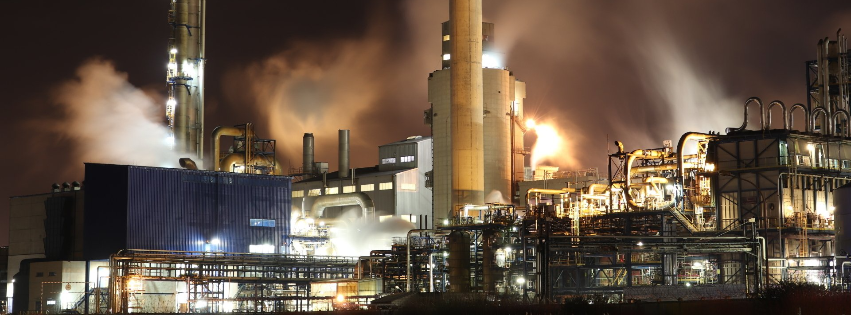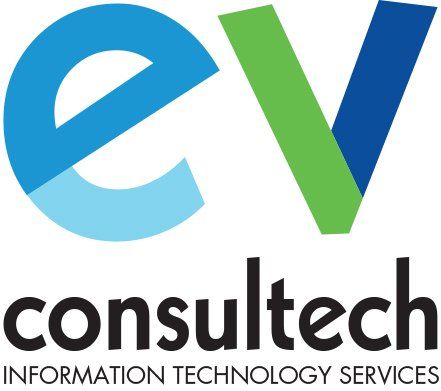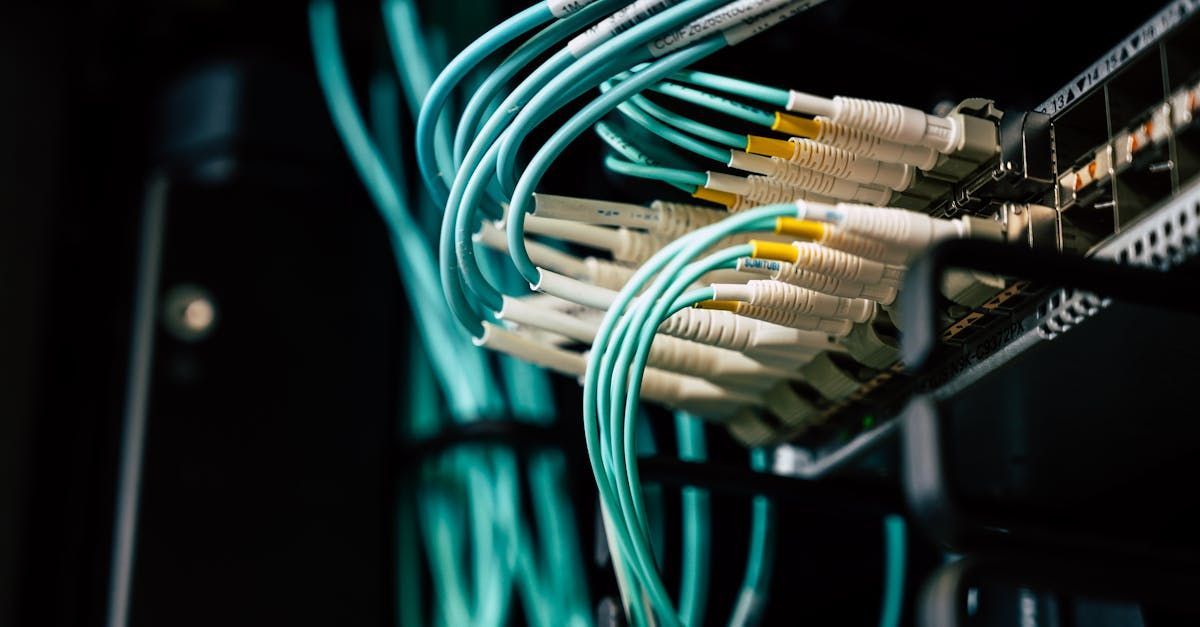War in Ukraine to Exacerbate Microchip Shortage
War in Ukraine to Exacerbate Microchip Shortage
Before Putin invaded Ukraine on February 24, 2022, a single Ukrainian company was responsible for refining more than 90% of the neon used in the production of US semiconductors. A critical part of manufacturing these chips requires a process called plasma etching that uses a mixture of about eight parts neon to one part CHF3 (Freon 23) to create a beam of plasma used to remove material from the surface if the microchip wafers.

Last time Russia invaded Ukraine in 2014, the price of neon shot up 600%. Last week, US and Japanese governments were scrambling to make sure that will not happen again, pressuring their chip industries to find alternative sources of this obscure gas before it’s too late. Making matters worse Russia provides over 30% of the global palladium supply. Palladium is a rare platinum group metal also used in semiconducters and electronics. Not only that but palladium is also needed in other important industries used in catalytic converters, mobile phones and even dental fillings. Ukraine and Russia also lead the world in production of metals like nickel, copper, platinum, and iron.
Globalization has made it easier than ever for countries to trade with one another allowing them to specialize in specific industries tailored to their resources and skills to maximize efficiency and then trade excess production for other goods. International trade is fantastic for the global economy but in times of war when trade breaks down it can leave certain industries and countries vulnerable.
Currently, chip makers have only 2 to 4 weeks of reserve supply of these materials, however prolonged supply disruption could severely impact production of semiconductors and everything else that depends on them such as cars, phones, computers, and more.











